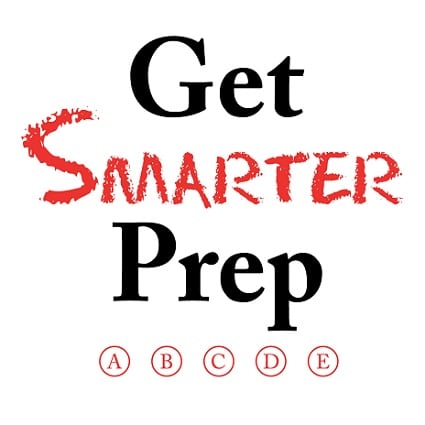Social Media in Admissions
Will that post come back to haunt you? According to The Daily Pennsylvanian, “Certain violations on social media have the potential to completely end an applicant’s case for admission.” Depending on where you apply, the chances that your online presence will be scrutinized vary significantly. Some schools just don’t have the time, and some actually prohibit the practice.
The NY Times reports that, at Oberlin, “admissions officers may review only the material submitted by students as part of their application.” That means they’re prohibited from considering other information in making their decision. Washington College in Chestertown, Md., takes a more moderate approach. “Admissions officials do not proactively seek out candidates on social media. But while monitoring the college’s brand online, admissions officers often happen upon applicants who have publicly commented on the college, and they immediately forward those posts to Satyajit Dattagupta, the vice president for enrollment management.”
Do those posts affect admission chances? You bet. Dattagupta “looked favorably” on applicants who kept things positive, but was “troubled” by students who spoke negatively about any college online.
What Colleges Are Looking For
According to Kaplan, 35% of admissions officers look for information about students on social media, and 16% report that they have found things that negatively affected a student’s chances. Protecting online reputations has become big business – Forbes reports that companies may charge as little as $100/year for a simple service to alert them to problematic material, or as much as $1300/month to bury troublesome information on the third page of Google search results.
OK, you’re thinking, I know all of this. None of this is new. You’ve changed your privacy settings or even deleted your accounts. You’ve gone underground, and you’d challenge an admissions officer to even find any trace of you online, at all. You’re all set, right?
Maybe. Maybe not. You might be missing an opportunity. US News suggests using social media in your favor to support your application, demonstrate interest, and create a positive presence. Monitoring your privacy settings and removing photos of you holding a red Solo cup? That’s 101-level stuff. Let’s talk about the advanced version.
How To Use Social Media to Your Advantage
Is your application an ode to your service work? Post pictures of that work on Facebook. Passionate about sports or music? Upload videos of your performances. Are you proud of your writing or design skills? There are plenty of ways to create an online presence that reflects those things and will support your application, should your admissions rep go digging.
Social media can also facilitate networking with schools and demonstrating your interest and interacting with them in ways beyond the traditional campus visit. Consider seeking out programs that catch your interest, and even specific professors you’d like to work with, on Facebook, Instagram, and Twitter. It won’t take much time, but it can make a difference to your admission chances.


